How to wash polyester properly?

Polyester is a synthetic fabric that is created from polyester fibers that feels like cotton to the touch. It is used to make outerwear, underwear, blankets. A variety of this fabric does not wrinkle, it is worn for a long time, does not fade. You need to handle with such a fabric carefully, it is finicky. The main thing is to know how to wash it correctly.



Description
Polyester fiber has the following features.
- It protects well in adverse weather conditions (wind, frost, heat, snow, etc.). Clothes made from this fiber are almost always warm.
- High strength, withstands friction, stretching and other influences.
- Picky in leaving: easy to wash, dries quickly, almost does not wrinkle.
- It is easy to work with it: sewing, cutting.
- If properly monitored, looked after, retains color for a long time, does not fade.
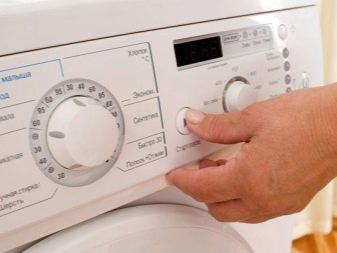

- Lightweight.
- A budget option, the price is lower than other natural fabrics.
- Water-repellent coating, no stains.
- Protected from insects: moths, larvae. Synthetic fabric doesn't appeal to them.
- Does not stretch, the shape does not change due to low elasticity.
Does not absorb odors.
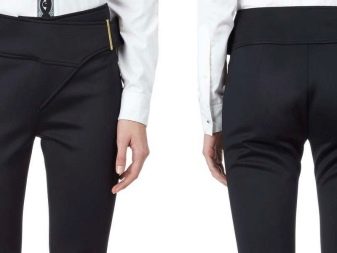
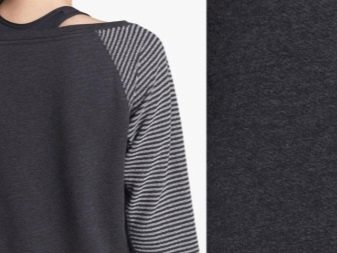
There are also negative qualities.
High density, which causes discomfort when worn in hot weather.
- Do not use chemically strong bleaches. They destroy the fiber.
- It becomes electrified by accumulating electrical energy. Sticks to the skin, attracts dust particles. But this can be easily eliminated by using a special anti-electrification spray.
- There is rigidity in the material. To make it softer, mixed with cotton, elastane.
- When buying polyester, remember that the cheapness of the material can be unhealthy and sometimes cause allergies.
- Matter stains poorly.
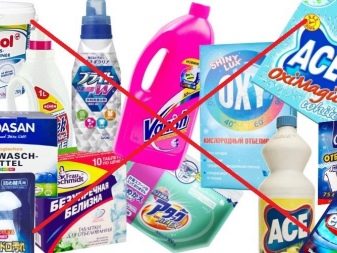

Combination with other fabrics
Polyester combines with different types of yarns to create new types of fabrics. It can be both natural and synthetic types of threads. New fabrics can be used for absolutely any cut, sewing any clothes, accessories, bed linen. Consider what you can get when mixing fiber with other strands.
- Polyester + polyamide forms a fabric that looks very similar to silk. It turns out to be elastic, does not lose its shape with prolonged wear, does not allow moisture to pass through. It is most often used in sewing lingerie.

- With elastane. They produce hosiery, sports suits. This combination stretches well, allows air to pass through, and it can be of any density.


- Polyester + cotton threads. Durable fabric that won't fade or deform. Such a mixture can be easily painted in any color, which makes it possible to create beautiful, colored bedding.

- Viscose fibers. When created, it does not fade, just like other species. Does not lose shape. It is worn for quite a long time. Mostly casual clothes are sewn.
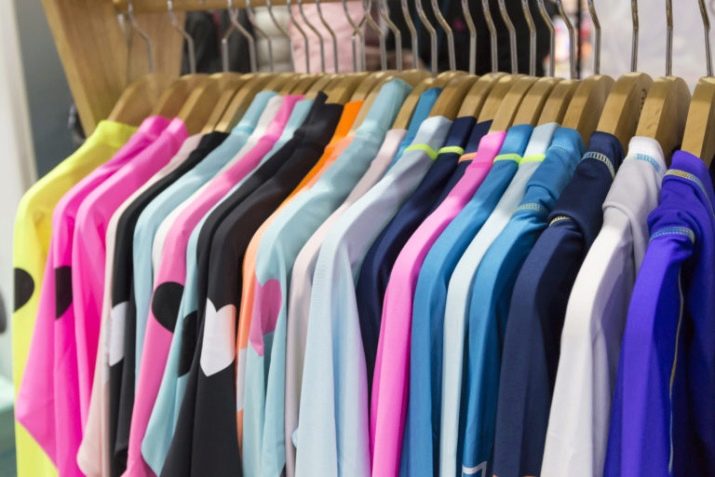
General rules
Polyester is a 100% synthetic fabric, in demand in the market, and most clothes are sewn from it. The material is good for its strength, does not shrink, does not stretch. But not everyone knows how to care, at what temperature to wash things made of polyester fibers. Let's take a look at a few rules.
- The temperature for washing is 20-45 degrees. Do not boil under any circumstances!
- Do not soak the product in boiling water to avoid a decrease in size. And if the thing is white, it may turn yellow.
- Do not bleach. Synthetics cannot be bleached.
- Do not use powders with aggressive ingredients, they will have a bad effect on the fabric.
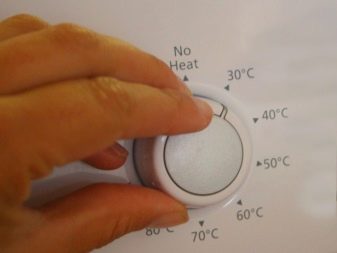
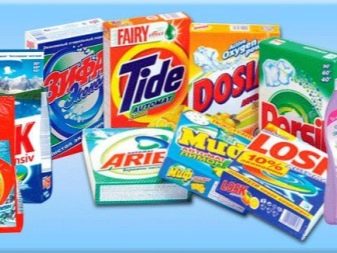
- When drying, avoid direct sunlight. Material properties may deteriorate.
- When removing stains with stain removers, be careful when using them. First test the liquid on the inner seam for the right time. Choose products that do not contain whiteness, chlorine, strong chemical elements.
- To prevent electrification, try to rinse it with conditioner after washing.
- Always study labels.

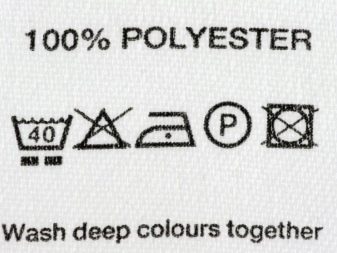
How to choose a detergent?
To maintain the brightness of the colors of fabrics, you should pay attention to the advice of manufacturers on the choice of detergents. It is important to be able to independently, correctly select washing powders, conditioners. The selection instructions are as follows.
- If the fabric is light colors (yellow, beige, delicate shades, pink, peach, white), use special capsules with a liquid content.
- When washing colored material, use powders, liquids, conditioners with a special mark “For colored laundry”.
- When cleaning dark tones (brown, dark blue, dark green), black, use a gel for dark fabrics. The color will remain saturated.
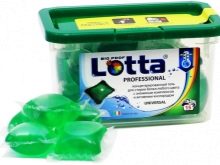

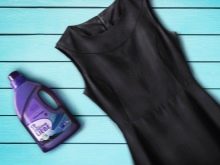
How to wash properly?
Everyone knows perfectly well that any thing, a product made of fabric can be washed in two ways: by hand, in a washing machine. But at the same time, you need to know how to do it correctly. If you want the material to retain its color, be pleasant to the touch, beautiful to look at, follow the manufacturer's recommendations. Consider washing methods.
In the washing machine
If your machine has a "Delicate" mode, choose it when washing. In manual control machines, select a maximum temperature of 40 degrees. The spin should be no more than 800 rpm. Separate items by color. Fasten zippers, zippers, buttons. If stubborn stains appear, you can use the options "Soak", "Pre-wash". If the clipper is fully loaded, rinse the garments extra. Pack very delicate items in special nets.Try to remove obsolete stains manually before loading into the vending machine.

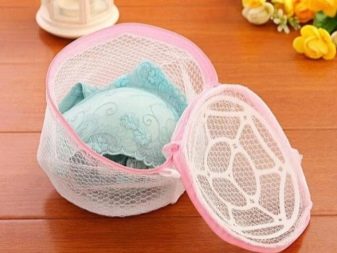
Manually
Also wash at 40 degrees. Dissolve the powder in water beforehand. Better use a liquid detergent, the granular powder dissolves for a long time in water when hand washed. When washing, do not rub the fabric with your hands too much. Rinse well so that no streaks of powder remain. After rinsing, let the water drain well.
Knowing the basic rules of different washing methods, you can preserve the quality, color, and extend the duration of wear. But don't forget to look at the information labels from the synthetic manufacturers anyway.
Each garment contains other types of fabrics, so some can be washed at a higher temperature.
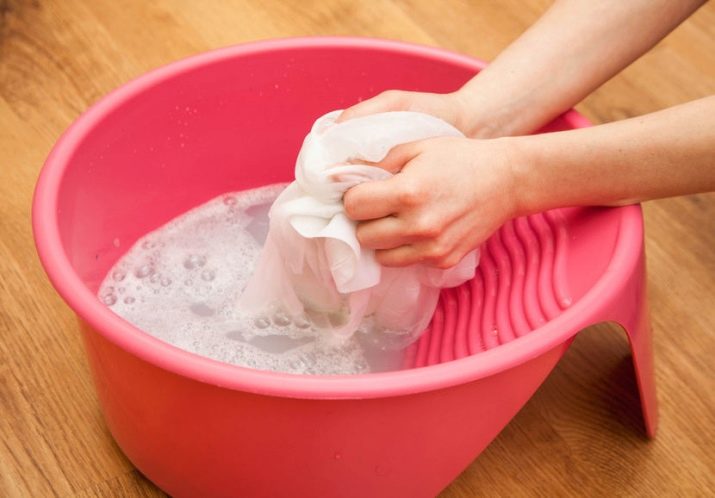
Cleaning the blanket
It is better to dry clean the blanket if it gets dirty. At home washing, it can deteriorate, for example, the filler will break, the color will become worse. To avoid losing your good looks, follow a few tips.
- The capacity of the washing machine must be at least 5 kg so that the blanket can easily fit into it. Place the blanket into the drum without pressing too hard.
- Use only liquid detergent, conditioner, washing polyester. If you don't want him to sit down.
- Select the "Delicate" mode in the machine + minimum spin speed.
- Rinse additionally.
- After the end of the program, take out the blanket, put it on a terry towel, cotton cloth. This will absorb excess moisture.
- Flip from side to side while drying.
- The pillows can be cleaned in the same way.
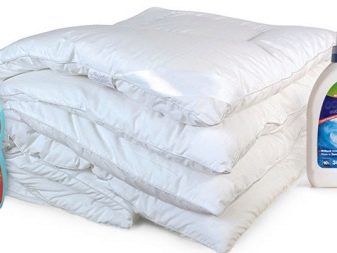

Bags and other accessories
The composition with synthetics includes nylon, such materials have special endurance, so they can be washed using any method, and not be afraid that the bag will deteriorate. If the product contains leather inserts, large buttons, when choosing a mode, turn on "Hand wash". Do not spin. Drying with a clothesline.


Outerwear
Cleaning is no different from other jackets. Most importantly, read the recommendation label. Let the machine run in the Delicate Wash option. Temperature 40 degrees. Do not spin. If it can be washed at a higher temperature, it will be indicated on the label. Fasten all locks. If the high washing temperature is prohibited, the filler may shrink. Spread your wet jacket over your shoulders and let the water drain.
If the filler contains natural fluff, wash the feather with tennis balls (3-5 pieces).
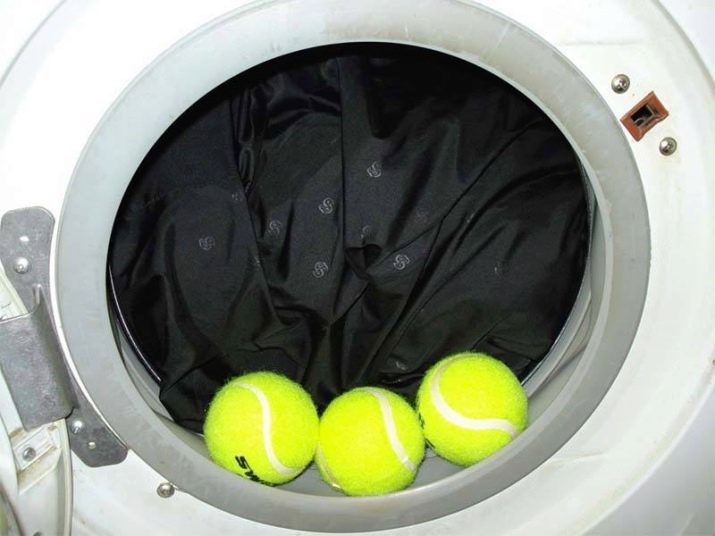
Curtains, drapes
To wash off the dust, it will be enough to wash it in a machine without powder, maintaining a temperature of no more than 35 degrees. When washing by hand, use a minimum of powder. You don't need much of it to remove dust. To prevent curtains from wrinkling, do not wring them out. After the water has drained off, hang them back up. Many types do not require ironing.
If, nevertheless, ironing cannot be avoided, do it using the lowest heating temperature of the iron.
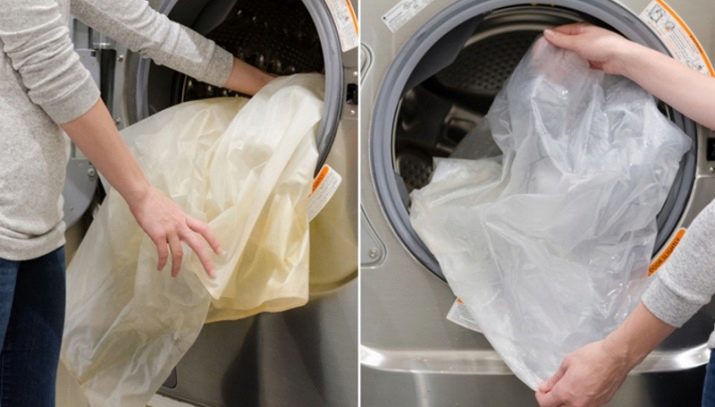
Thermal underwear
The water temperature should be 40 degrees. Turn the laundry inside out when cleaning. Do not use stain removers, bleaches, solvents. Do not use dry cleaning. After cleansing, you can squeeze, but not twist. Dry away from warm places. Let it dry at room temperature.

Help in removing stains
When a spot appears, rinse the material in warm water with the addition of powder. Old stains can be dealt with by soaking them with a chlorine-free stain remover, leaving them in this form for an hour, and rinsing them abundantly with cold water. Stubborn stains can be covered with salt for 30 minutes, then rinsed with water, if necessary, use citric acid and dish detergents.
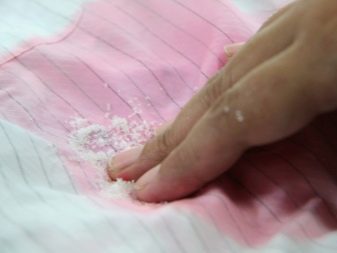
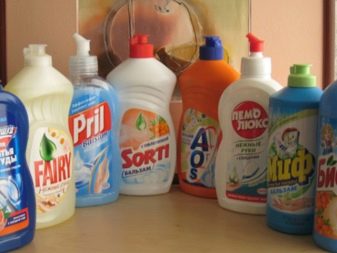
If the thing has a pattern, do not rub it hard with your hands so as not to ruin it, in no case use peroxide, and vinegar - this will wash off the pattern along with the stain. For white fabrics, apply vinegar, pure hydrogen peroxide, hold for 1.5 hours to get the effect.Do not rub the material after applying the funds. You don't need to wash your polyester items often. Do these procedures as needed.
If you just want to freshen up, rinse things, it will be enough just to soak in the conditioner for 5 minutes, rinse under running water.
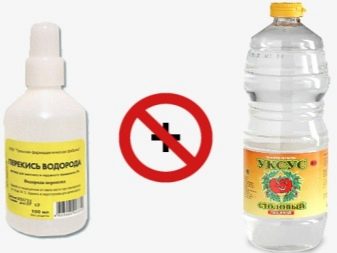
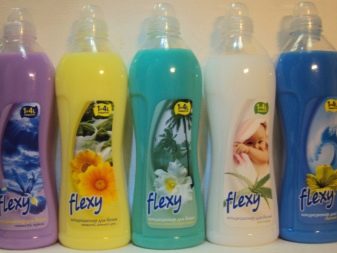
Drying rules
Polyester dries quite quickly, and if you hang it out in a draft, then even faster. Do not dry in the sun, near strong heating facilities, otherwise the fabric will shrink. It is not recommended to twist it, since when compressed, hard-to-iron creases may appear on the fabric. It is advisable to dry it naturally: let the water drain without twisting the product, hang clothes on the shoulders while drying or blot it with a towel.

Ironing rules
The good thing about synthetics is that after washing and drying, they do not need to be ironed. But if there is such a need, and you cannot do without ironing, then follow a few tips.
- To prevent the fabric from shrinking after ironing, use a damp cloth during the process.
- If your iron has a Silk function, use it. If not, heat the iron to medium temperature.
- Always use steam for any ironing.
- Do not forget to cover the product with a damp cloth, gauze.

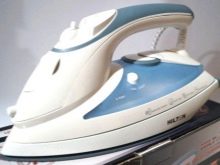

Conclusion
After examining all the information about polyester, we can conclude that it is easy to wash it. The main thing is to know simple rules, to pay attention to the labels. Follow the manufacturer's advice for washing, drying, spinning. Try to purchase special, high-quality detergents, softeners, fabric softeners to care for the linen. Do not expose the fabric to excessively hot water and air temperatures.
If you wish, you can dry-clean the products.
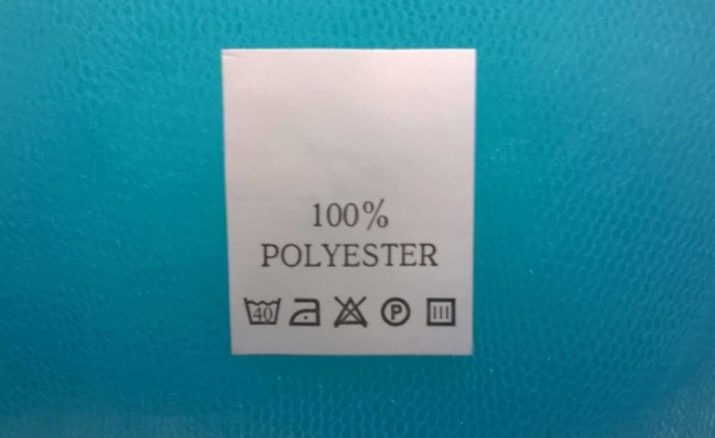
For a few more tips for washing polyester fabric, see the next video.








